Dunwoody Police Department has become the latest metro Atlanta law enforcement agency to revolutionize emergency response by deploying drones that can reach incidents faster than officers navigating through suburban traffic. The department’s new Flock Safety drone system can deploy from a climate-controlled nest atop City Hall and reach virtually any location within city limits in approximately 90 seconds, providing critical real-time intelligence before ground units arrive.
Aerial Advantage: Transforming Emergency Response
The Dunwoody drone program, which launched in early 2025, represents a significant advancement in public safety technology, reports Axios. The system features drones stationed on the roof of Dunwoody’s city hall with launch capabilities that transform them into “true First Responders,” according to Dunwoody Police Sgt. Michael Cheek.

What distinguishes these specialized public safety drones from consumer models is their integration with Flock Safety’s comprehensive surveillance ecosystem. The drones are controlled from the department’s Real-Time Crime Center, located just two floors below the rooftop launch pad, where operators maintain visual control within a two-mile airspace radius.
This technology represents a first-of-its-kind integration that enables law enforcement to launch drones instantaneously when 911 calls are received—without waiting for dispatchers to manually enter information into computer-aided dispatch systems. The direct connection between emergency calls and drone deployment significantly reduces response time in situations where seconds can mean the difference between life and death.
Technical Capabilities: Beyond Standard Drones
The Dunwoody Police Department utilizes the DJI Matrice 350 RTK platform, which offers substantial advantages for public safety applications. This enterprise-grade drone features a maximum flight time of 55 minutes and can carry up to 2.7 kg of payload, with the capacity to mount up to three different payloads simultaneously.
The system includes enhanced flight safety measures with six-directional sensing and positioning capabilities to avoid obstacles, making it a reliable platform for police missions in complex environments. The drone’s IP55 rating ensures operation in adverse weather conditions—a critical feature for emergency response that must function reliably regardless of environmental challenges.
With a maximum operational altitude of 7,000 meters and transmission range of approximately 12.4 miles via DJI’s O3 Enterprise Transmission system, the drones can maintain 1080p HD live feeds and provide crucial visual intelligence to ground teams. The system incorporates night vision capabilities through specialized cameras, enabling effective operations after dark.
Real-World Impact and Results
The system has already demonstrated its value in multiple real-world scenarios. During a media demonstration, a drone reportedly responded to an incident near Interstate 285 within one minute of launch, providing immediate visual confirmation of a traffic accident before ground units could navigate through traffic. This capability allows dispatchers to better assess situations and deploy appropriate resources more efficiently.
In a more serious incident, Dunwoody police utilized the drone system when responding to reports of a suspect firing a gun in a busy shopping area. The airborne unit quickly located the individual, clearly observed identifying features including a neck tattoo, and determined the suspect was actually holding a phone rather than a weapon—critical intelligence that led to a safe resolution with “zero incident.”

Dunwoody Police Chief Mike Carlson has emphasized how this technology has “transformed how we protect and serve our community” by allowing officers to “respond faster, make more informed decisions, and enhance public safety like never before.”
Integration with Existing Security Infrastructure
What makes the Dunwoody drone program particularly powerful is its seamless integration with Flock Safety’s broader surveillance ecosystem. The drones are fully integrated with other Flock technologies, including automated license plate readers and video cameras, creating a comprehensive security network.
When Flock Safety sensors detect specific trigger events, such as vehicles associated with AMBER alerts or gunshots detected by audio sensors, the system can automatically dispatch drones directly to incident locations within seconds. This automation further reduces response times and provides crucial situational awareness during high-risk scenarios.
The program also allows for community participation, as businesses and residents can purchase compatible cameras that integrate directly with Dunwoody PD and first responders, providing access to private camera feeds during nearby emergencies.
Privacy and Civil Liberties Considerations
While the technological capabilities offer significant public safety advantages, they also raise important privacy questions. The American Civil Liberties Union and privacy advocates have expressed concerns about such systems, particularly regarding targeted monitoring of individuals and groups, as well as questions about data retention and usage.
The ACLU specifically recommends that police departments only use drones when they have obtained a warrant or during genuine emergencies, and that they only retain images when there is “reasonable suspicion” they contain evidence.
In response to these concerns, Flock Safety spokesperson Holly Beilin states that the company maintains “transparency portals” that inform the public about data storage duration, appropriate technology uses, data access controls, and other privacy-related policies.
Broader Context: Metro Atlanta’s Surveillance Ecosystem
Dunwoody’s implementation of drone first responder technology adds another layer to metro Atlanta’s extensive surveillance infrastructure. The region has become one of the most surveilled metropolitan areas per capita globally, with an interconnected network of public and private cameras, license plate readers, and other surveillance technologies.
Other metro Atlanta police departments, including Brookhaven and Atlanta, have also incorporated drones into their emergency response protocols. This regional adoption suggests a growing trend toward aerial surveillance as a standard component of modern policing strategies.
The broader context includes Flock Safety’s recent expansion with a new 97,000-square-foot manufacturing facility in Smyrna, Georgia, opened in partnership with Governor Brian Kemp. The Atlanta-based company, founded in 2017 by Georgia Tech graduates, has grown into a startup “unicorn” valued at over $7.5 billion with more than 130 employees. Its technologies are currently utilized by approximately 4,500 law enforcement agencies nationwide.
DroneXL’s Take: Balancing Innovation and Oversight
The Dunwoody drone program represents a significant advancement in emergency response technology that demonstrates the rapidly evolving capabilities of public safety drones. The 90-second response time—potentially faster than even the completion of a 911 call—could fundamentally transform how first responders gather intelligence and deploy resources during critical incidents.
However, the deployment of such powerful surveillance tools requires thoughtful policy frameworks and robust community oversight. While Flock Safety states it maintains transparency portals about data usage, the increasing integration of various surveillance technologies (aerial drones, license plate readers, facial recognition, etc.) necessitates ongoing public discussion about appropriate limitations and safeguards.
The technology’s demonstrated success in de-escalating potentially dangerous situations—such as the shopping center incident where the drone identified a phone rather than a weapon—highlights its value for both public and officer safety. At the same time, the ACLU’s recommendations for warrant requirements and limited data retention represent important guidelines for balancing public safety with civil liberties.
As more agencies adopt these technologies, establishing clear operational boundaries, data protection standards, and accountability mechanisms will be essential to ensure these powerful tools serve their intended public safety purpose while respecting privacy rights and civil liberties.
Photos courtesy of WSBTV.
Discover more from DroneXL.co
Subscribe to get the latest posts sent to your email.
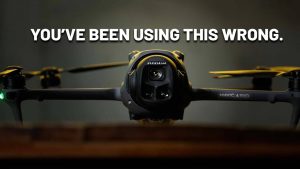




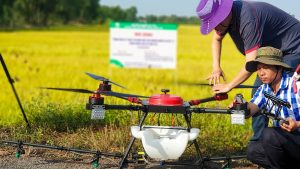
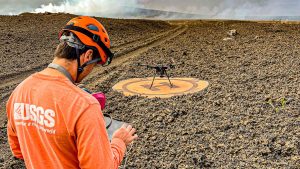

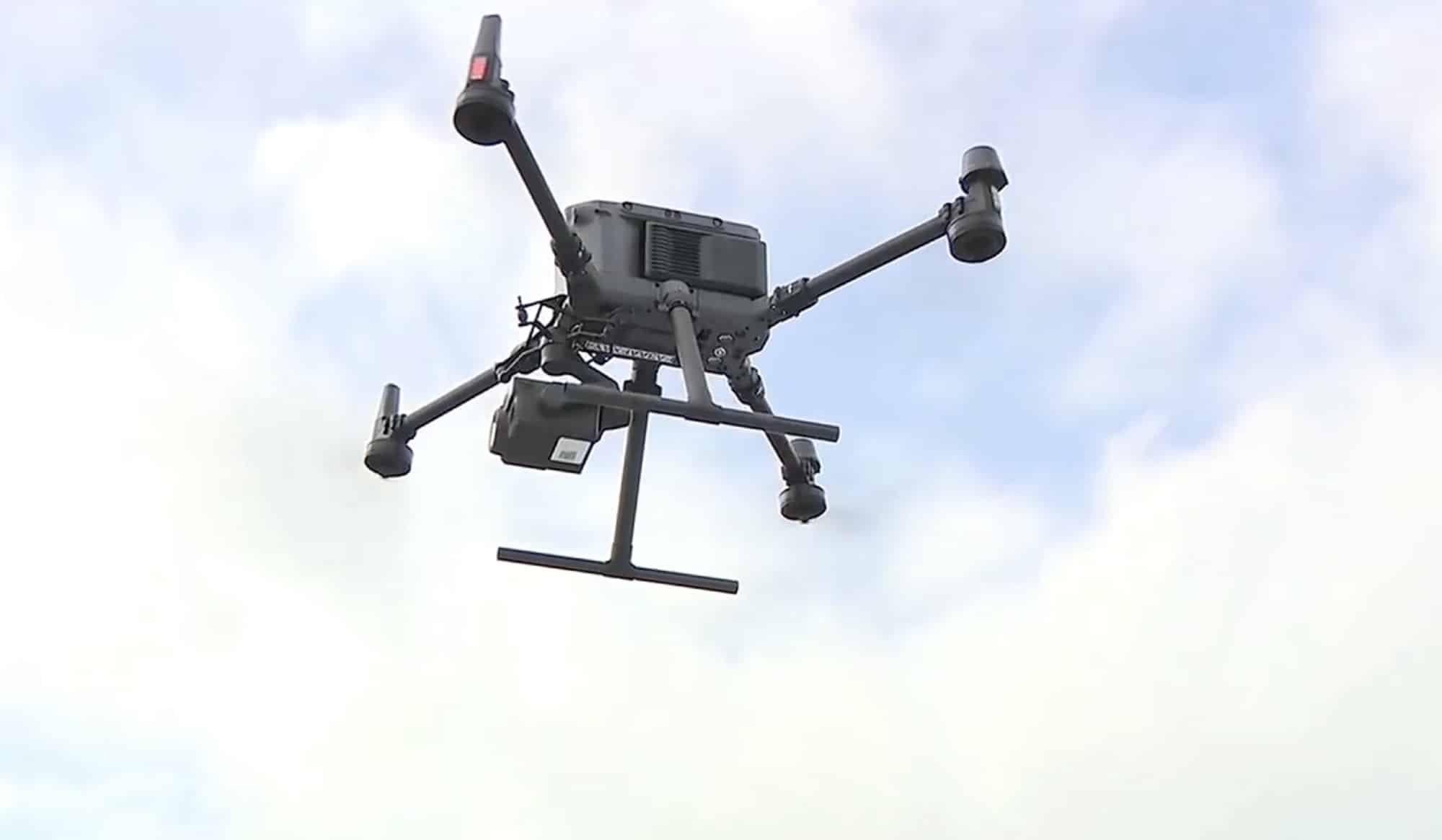
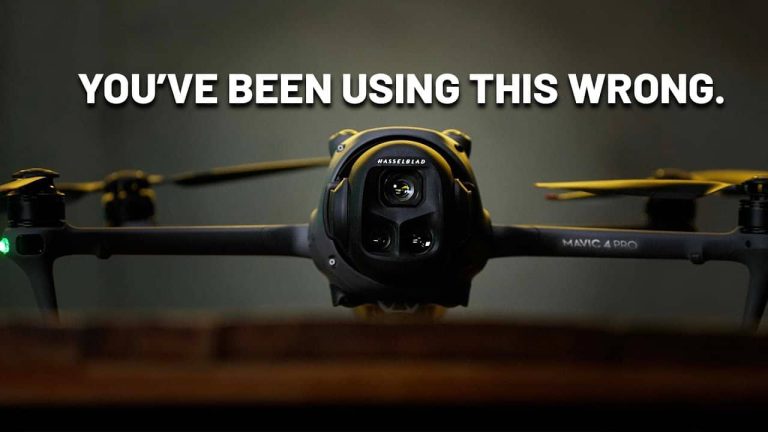
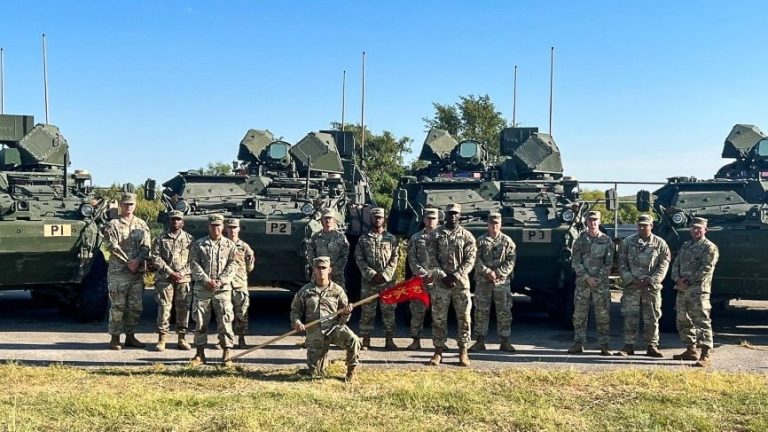

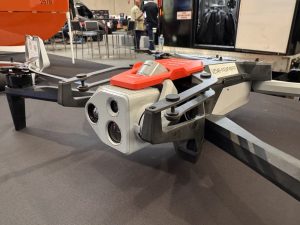
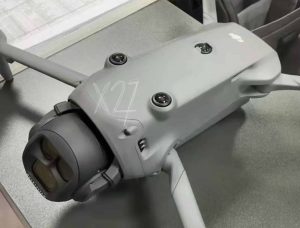
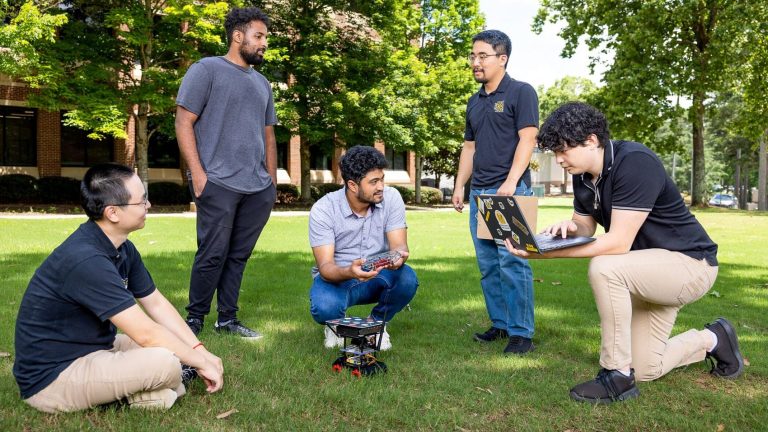
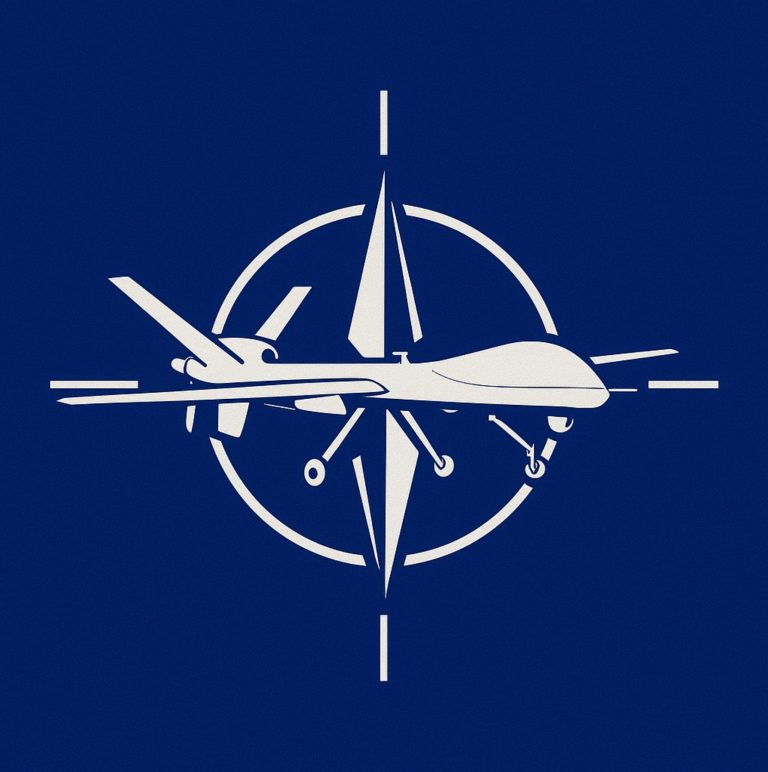
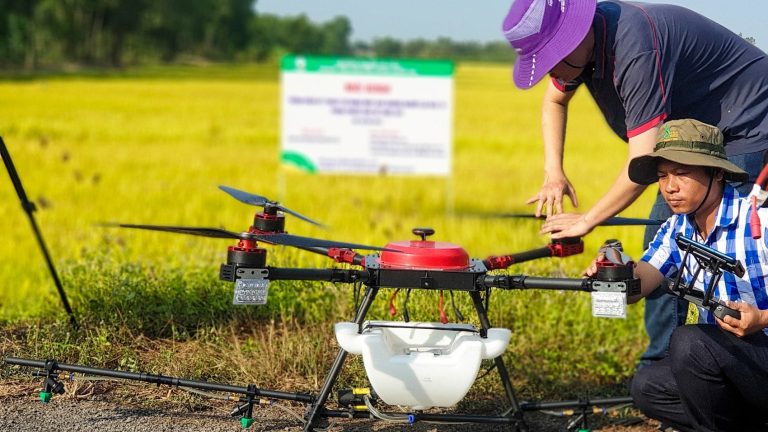

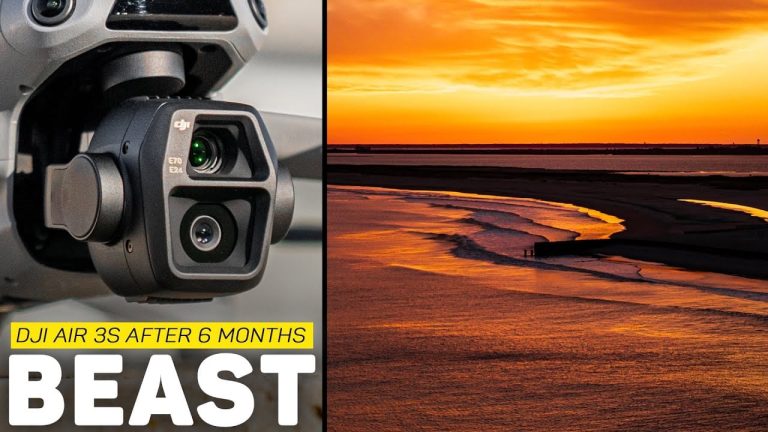
+ There are no comments
Add yours